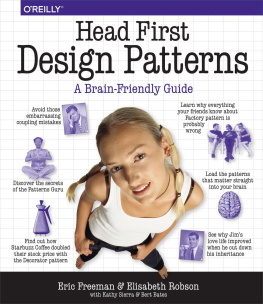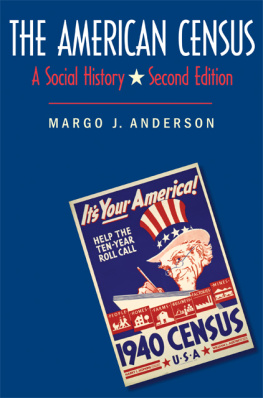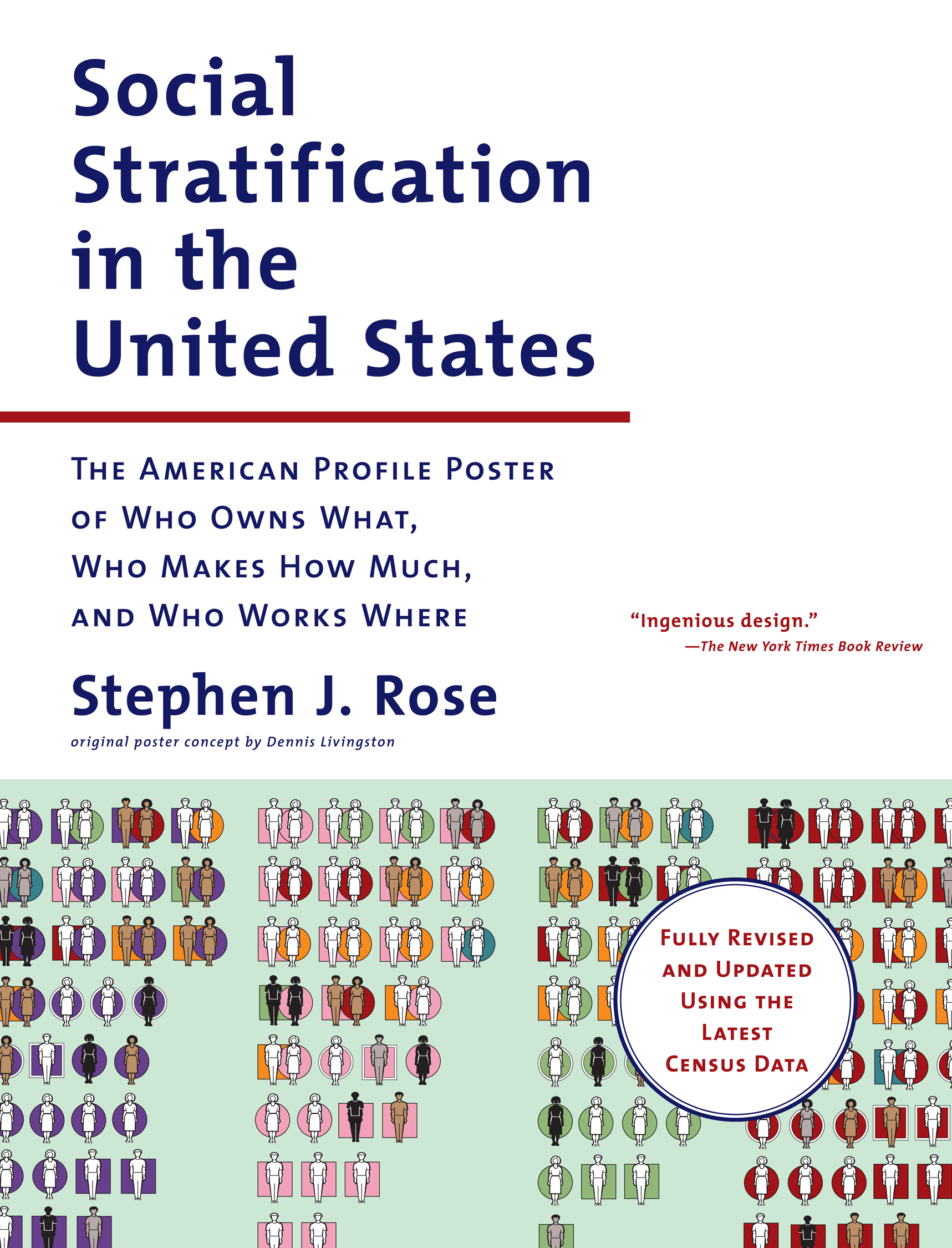Stephen J. Rose - Social Stratification in the United States: The American Profile Poster of Who Owns What, Who Makes How Much, and Who Works Where
Here you can read online Stephen J. Rose - Social Stratification in the United States: The American Profile Poster of Who Owns What, Who Makes How Much, and Who Works Where full text of the book (entire story) in english for free. Download pdf and epub, get meaning, cover and reviews about this ebook. year: 2022, publisher: The New Press, genre: Politics. Description of the work, (preface) as well as reviews are available. Best literature library LitArk.com created for fans of good reading and offers a wide selection of genres:
Romance novel
Science fiction
Adventure
Detective
Science
History
Home and family
Prose
Art
Politics
Computer
Non-fiction
Religion
Business
Children
Humor
Choose a favorite category and find really read worthwhile books. Enjoy immersion in the world of imagination, feel the emotions of the characters or learn something new for yourself, make an fascinating discovery.

- Book:Social Stratification in the United States: The American Profile Poster of Who Owns What, Who Makes How Much, and Who Works Where
- Author:
- Publisher:The New Press
- Genre:
- Year:2022
- Rating:5 / 5
- Favourites:Add to favourites
- Your mark:
Social Stratification in the United States: The American Profile Poster of Who Owns What, Who Makes How Much, and Who Works Where: summary, description and annotation
We offer to read an annotation, description, summary or preface (depends on what the author of the book "Social Stratification in the United States: The American Profile Poster of Who Owns What, Who Makes How Much, and Who Works Where" wrote himself). If you haven't found the necessary information about the book — write in the comments, we will try to find it.
Generations of teachers, union organizers, and activists have relied on this book-and-poster set, originally published in 1979, to illustrate the magnitude of Americas growing economic divide. Today, income inequality is at an all-time high, and this completely updated eighth edition, drawn from the 2020 Current Population Survey of the U.S. Census, brings together fresh primary data to provide a clear picture of the U.S. social structure and the considerable demographic and economic changes of the past four decades.
Folded inside the companion booklet, the removable poster depicts color-coded figures that make it possible to compare social groups at a glance and to understand how income distribution relates to race, sex, education, and occupation. With charts and careful explanations, the booklet contextualizes and expands on the poster.
Roses graphic depiction of the census data makes clear at a glance complex concepts, including the way recent economic growth has been skewed toward the wealthiest households, that a gender gap persists in the workplace, and that, on average, African Americans and Latinos still earn far less than other Americans. This new edition of a uniquely visual depiction of American society will be an essential resource and a touchstone for the current debates over education, inequality, poverty, and jobs in our country.
Stephen J. Rose: author's other books
Who wrote Social Stratification in the United States: The American Profile Poster of Who Owns What, Who Makes How Much, and Who Works Where? Find out the surname, the name of the author of the book and a list of all author's works by series.

















